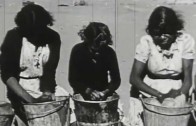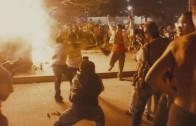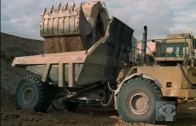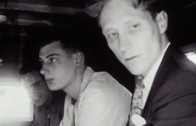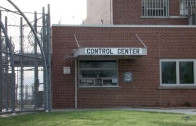Stolen Generations
In Australia between 1910 and 1970, one in three children were removed from Aboriginal families and placed in government institutions and foster homes. These children, in most cases, were never to see their family again. The film tells the story of three Aboriginal people who were removed. Bobby Randall, a singer/songwriter, recalls the traumatic experience of being placed in a mission dormitory at the age of 4, and spent the next 9 years searching for his mother to eventually found out she had died soon after he was taken. Cleonie Quayle, a mother of four, remembers at the age of 5 being enticed into the back seat of a large black car. She thought she was going off for a holiday, but spent the next 12 years in foster families where she experienced sexual abuse. Her mother later died an alcoholic. Cleonie’s story is one of courage and survival. Daisy Howard, a Kimberley woman, was separated from her half-sister May fifty years ago. Daisy was removed to a cattle station where she worked as a domestic slave, and later to a mission where she eventually married, while May grew up in the bush with her parents. The two sisters re-unite in the film recalling and comparing their experiences. The stories are combined with interviews with two well-known Australian historians Marcia Langton and Henry Reynolds who describe the racist assumptions behind these policies. Removing children was a deliberate government policy and the aim was the eventual disappearance of Aboriginal people as a whole.
